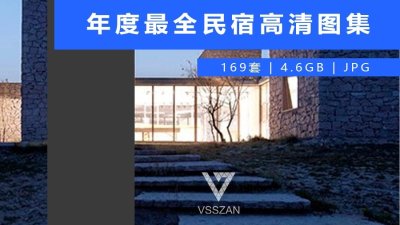Houses, Renovation, Anapoima, Colombia- 设计师:AR-AR (Martínez Arquitectura), Fiallo Atelier
- 面积: 252 .0m²
- 年份:2019
- 摄影:Jesús Fiallo, Ana María Díaz Parra, Carlos Alberto Martínez Valencia
- 建造商: AutoDesk, Adobe Systems Incorporated, Corona, Paramo Griferias, Trimble Navigation
- Lead 设计师:Carlos Martínez, Jesús Fiallo
- 业主:Marisol Leal
- 合作者:Valentina Torres Monroy, Raúl Fadul, David Rojas
The place:
At the top of a mountain, in the Calandaíma river valley, Marisol, the owner of Casa Volcanes, found La Cascajosa, a recreational house 2 hours away from Bogotá.
“Its hot tropical climate is a discovery of sensations and surprises. From time to time, you can feel the extreme humidity of the fog, the torrential rain and the blizzards that scare, as well as the dry periods of high temperatures, which suggest fires. The delight of the air and the insatiable sound of cicadas and frogs, of birds and insects inviting you to stay, are always a fundamental part of this marvelous environment.”
Marisol needed the voice of architects who could read the landscape and respond to the magnificence of its spirit. The project took on more beautiful and possible dimensions as their conversations flourished. Their sensibilities with the process and the recognition of the demands of the place made tangible the dialogue between client and architects.
Elements of the project:
The plot had a one level construction of a typical Colombian coffee zone peasant house. The building revolved around a nucleus of closed rooms and a social space, picturesque windows and doors, with orange and green railings surrounding it. The bathroom and kitchen amenities were very rudimentary and barely functional. However, the space offered the experience of being in a magical place:
“… Birds crossed its air and the light of different hours of the day marked its shadows. The inside and outside were arranged in such a way that the house seemed to be part of the forest.”
So, the starting point was this pre-existence, giving it more strength, valuing it in terms of space, atmosphere and sensation. As a result, the following modifications were made:
The rite and contemplation:
The structures that enclosed and defined the kitchen were knocked down and the space was opened to the south-western landscape where the house is extended through a cobblestone floor that was incorporated. Thus, by orienting the kitchen’s location as an end finish to the surrounding area, the zone was conceived as the great central space for meeting, sharing and welcoming the house. Based on the weather conditions and respecting the shades of the place, the bathroom and its relationship with the environment was expanded to harmonize it with the gardens. The rooms were designed as semi-open spaces where mobile doors allow them to be extended to the landscape. The light and the darkness were designed to create scenarios, to give the house a ritual character and accompany day and night activities. The landscape as the main stage of the dynamics was reinforced with accents at specific points and the pond was rescued as an important focus.
Typology: Assessment of the pre-existence:
The essence of the house was maintained; its high ceilings and rustic lattices were respected. The color of the paint was changed to a darker tone, giving a chromatic unity to the whole house, and together with a large river stone water filter that surrounds the house and conducts rainwater to the pond, gave greater prominence to the landscape. In this way, the house is silenced, producing a darkness effect that, at the level of perception, creates a reduction in the thermal sensation. In abstract terms, it is as if you were under a shadow. Hypothesis stated during the design of the project and verified by the inhabitants. The railings were shortened in such a way that their presence became less significant, but more harmonious.
Budget:
To reduce costs, 80% of the woodwork was recovered from demolition deposits in Bogotá. In this way, the project managed to generate quality architecture from a very low budget with very specific strategies.
Se tumbaron las estructuras que encerraban y definía la cocina y se abrió esta al paisaje sur occidente donde la casa se extiende con un empedrado que se incorporó. Así, se hizo la cocina: orientando su ubicación como remate del área circúndate, que finalmente es el gran espacio central de encuentro, intercambio y bienvenida de la casa. A partir de las condiciones del clima y respetando la sombra del lugar, se ampliaron los baños y su relación con el entorno para armonizarlos con los jardines. Las habitaciones, se diseñaron como espacios semi-abiertos donde un cerramiento móvil permite extenderlas al paisaje. La luz y la penumbra se pensaron para crear escenarios, dar un carácter ritual y acompañar las actividades durante el día y la noche. Siendo el paisaje el escenario principal de las dinámicas se reforzó con unos acentos en puntos específicos y se rescató el estanque como un foco importante.
Se mantuvo la esencia de la casa; se respetaron sus techos altos y sus celosías rusticas. Se cambió el color de la pintura a un tono más oscuro, dándole una unidad cromática a toda la casa, que junto a un gran filtro de piedra de rio que rodea la casa y conduce el agua lluvia al estanque, dieron mayor protagonismo al paisaje. De esta forma, la vivienda se silencia produciendo además un efecto de penumbra que a nivel de percepción crea una reducción en la sensación térmica. En términos abstractos es como si se estuviera debajo de una sombra. Hipótesis concebida durante el diseño del proyecto y comprobada por los habitantes. Las barandas se acortaron de tal manera que su presencia se hizo menos significativa, pero más armónica y se optó por no introducir vidriería.
La Casa del Ocobo fue construida para el cuidandero, complementando la obra de la Casa Volcanes. La tipología escogida fue una L, uno de los lados tiene el área social y el otro el área privada; ambos acobijan un patio jardín. Con unos movimientos la casa se suavizó para propiciar la armonía con el paisaje.
Para reducir costos, el 80% de la carpintería de madera es recuperada de depósitos de demolición de obras de Bogotá. Además se ubicó La Casa del Ocobo sobre una placa de cemento existente del lote. Así mismo, se buscó un material oscuro que por un lado se pudiera dejar a la vista para valorarlo y resaltar la relación de penumbra del lugar y por el otro fuese el más económico puesto en sitio; siendo el ladrillo chircal este material.
De esta manera, el proyecto logró generar arquitectura de calidad a partir de un presupuesto muy reducido y con unas estrategias muy puntuales.
Nota: Los textos referenciados son tomados de un ensayo hecho por Marisol Leal; psicóloga, artista y dueña del proyecto.
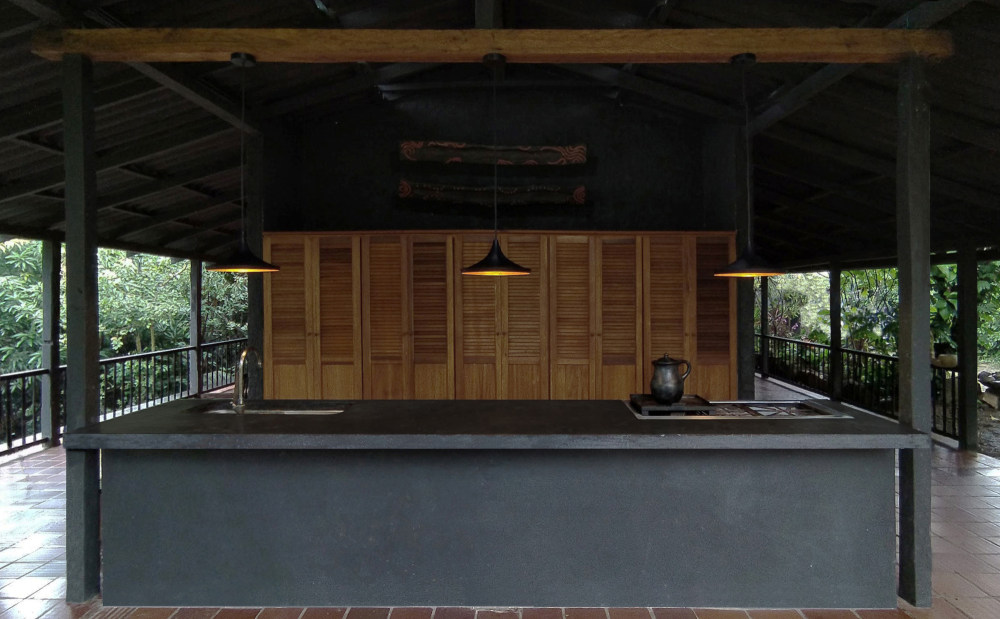

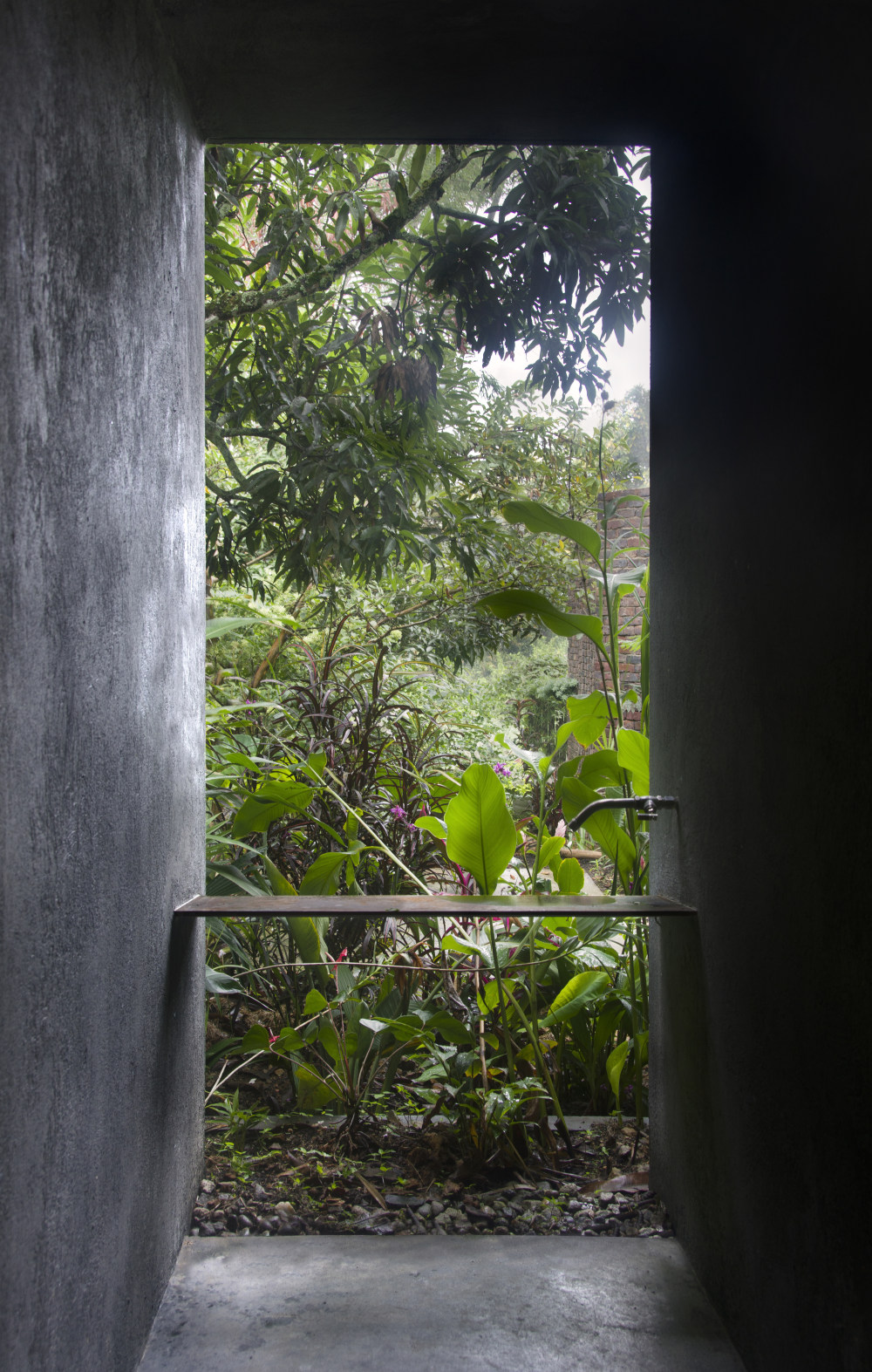
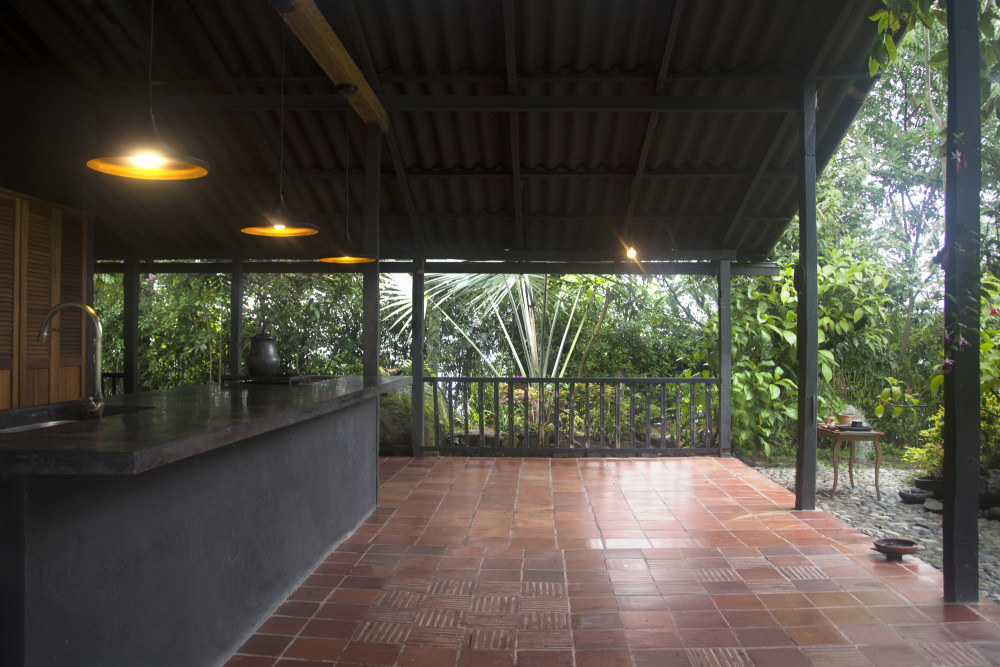



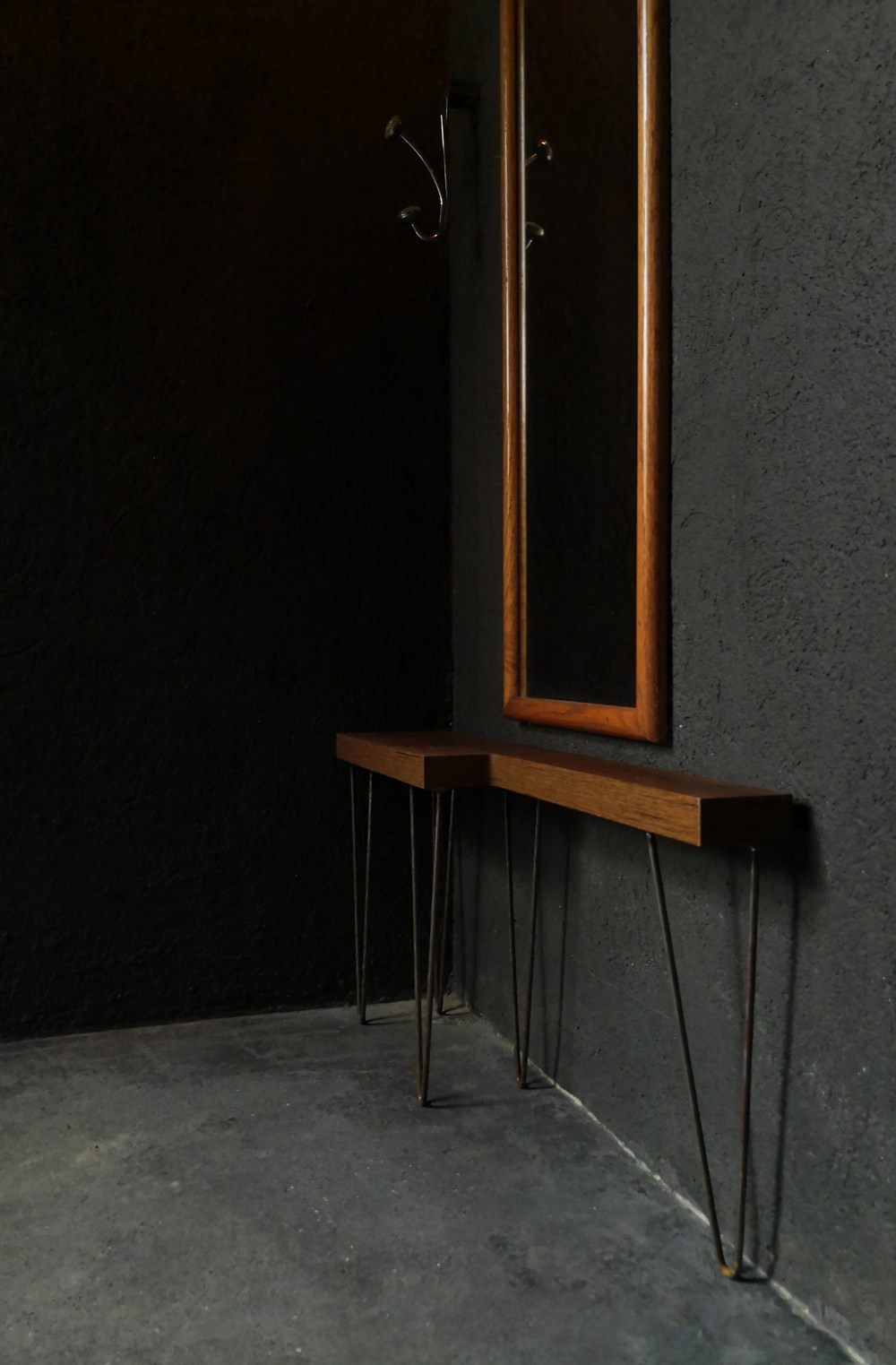
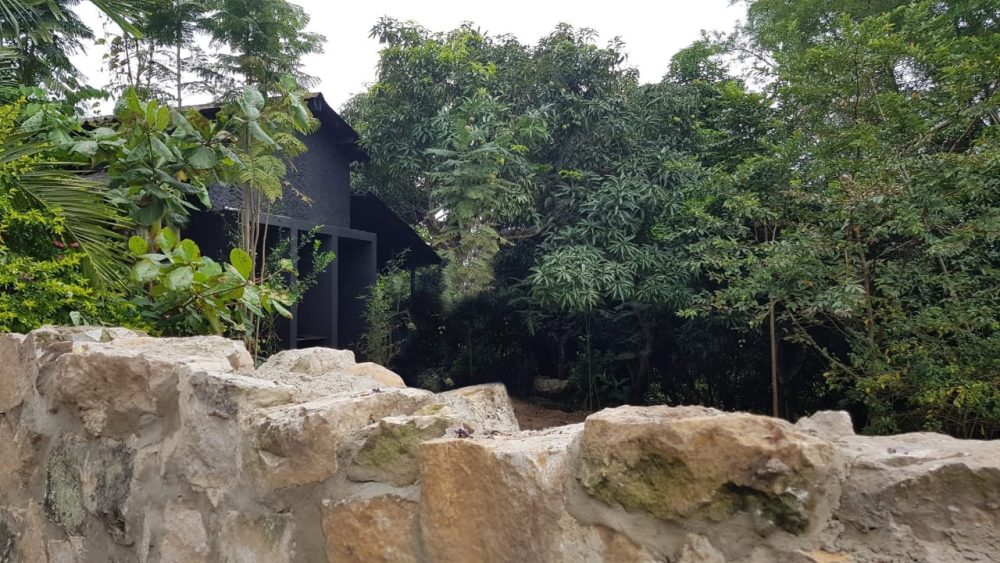
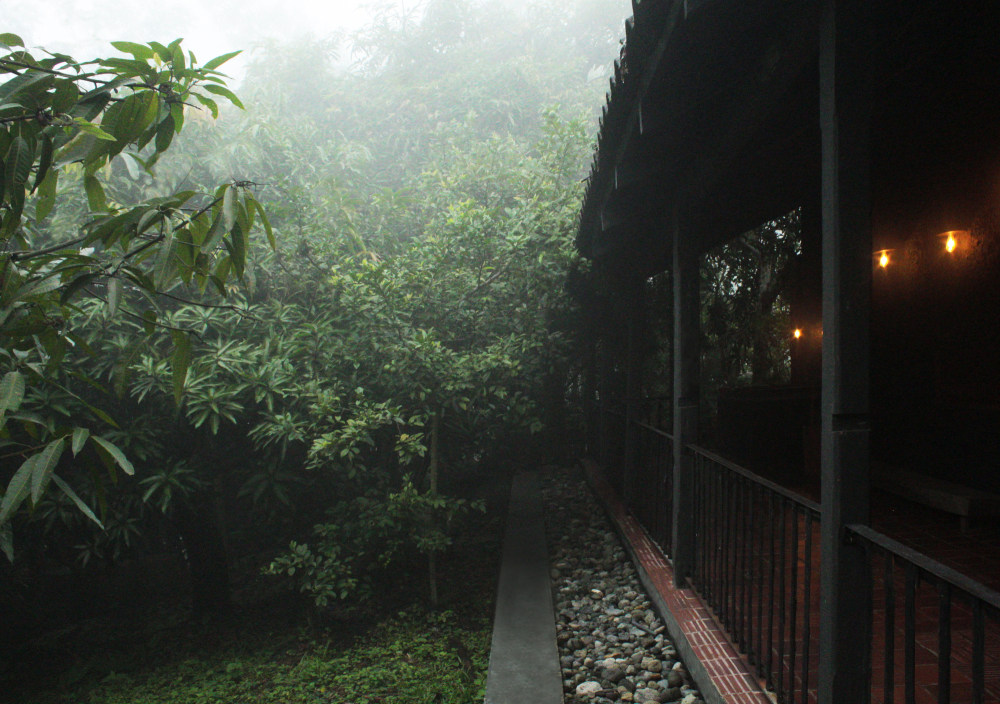

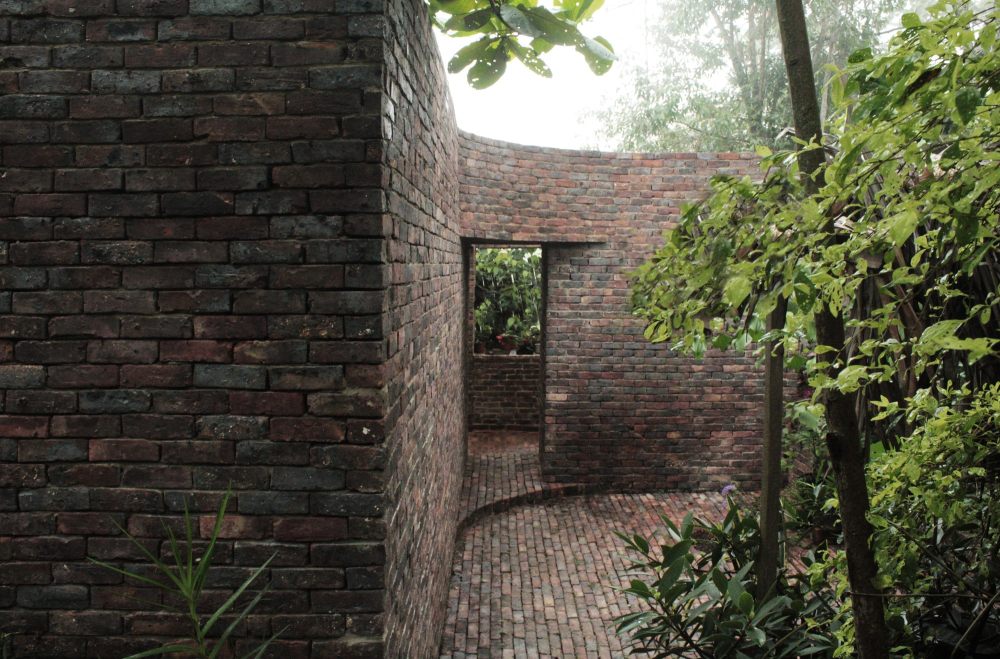

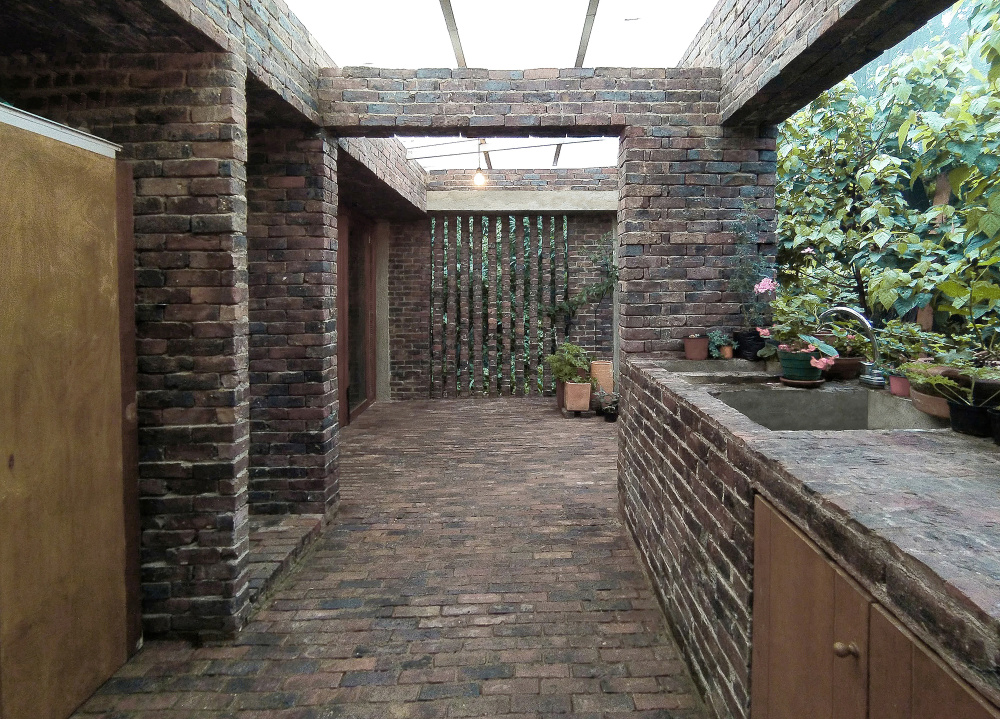


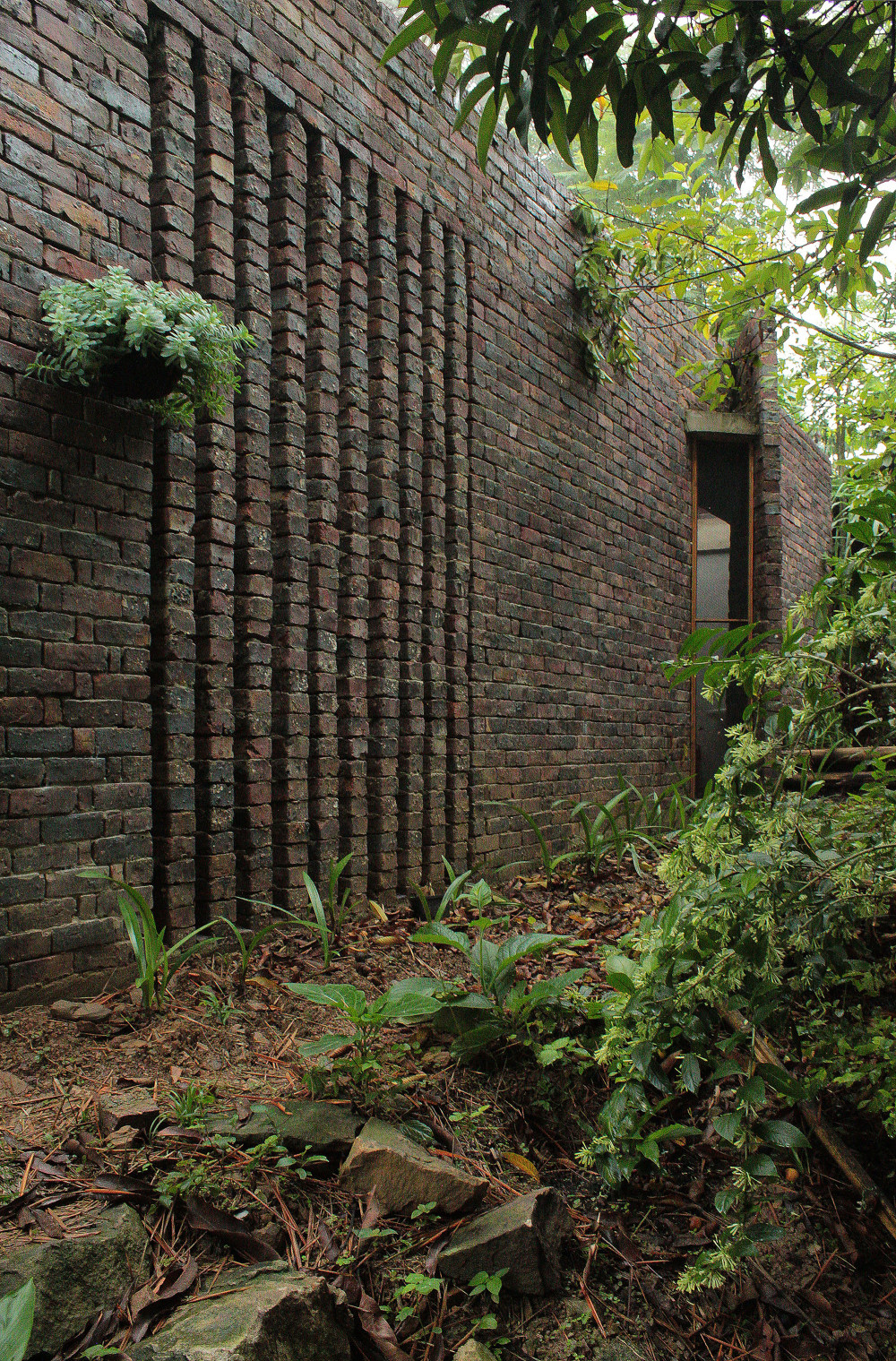
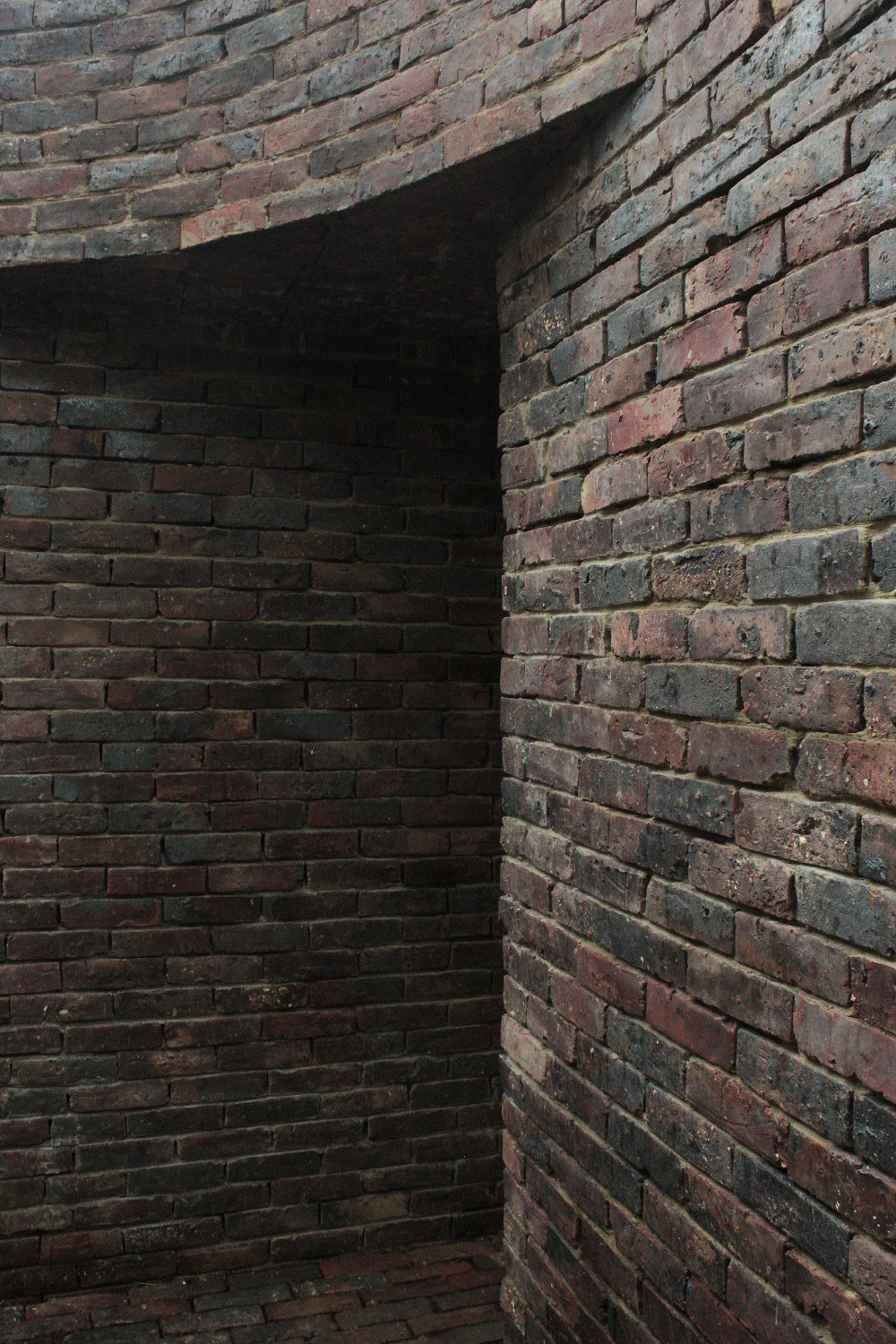



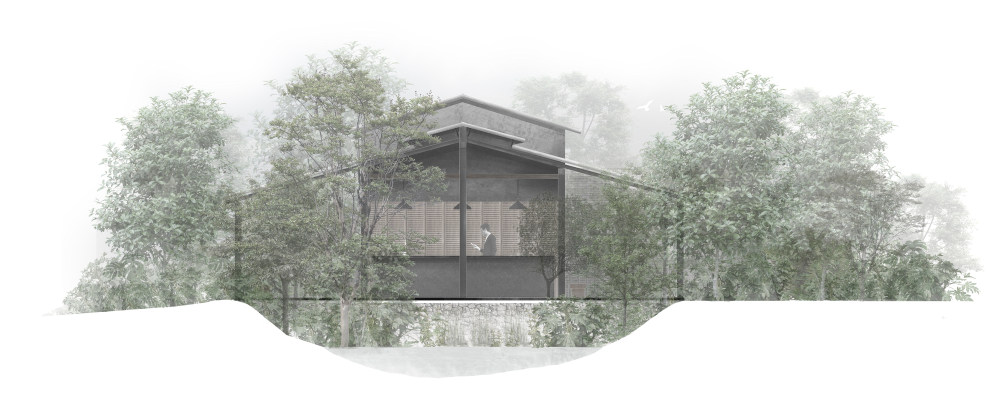



- 转载自:Archdaily
- 设计师:AR-AR (Martínez Arquitectura)
- 分类:Houses
- 语言:英语
- 阅读原文
|

 发表于 2020-8-30 17:53:12
发表于 2020-8-30 17:53:12




























